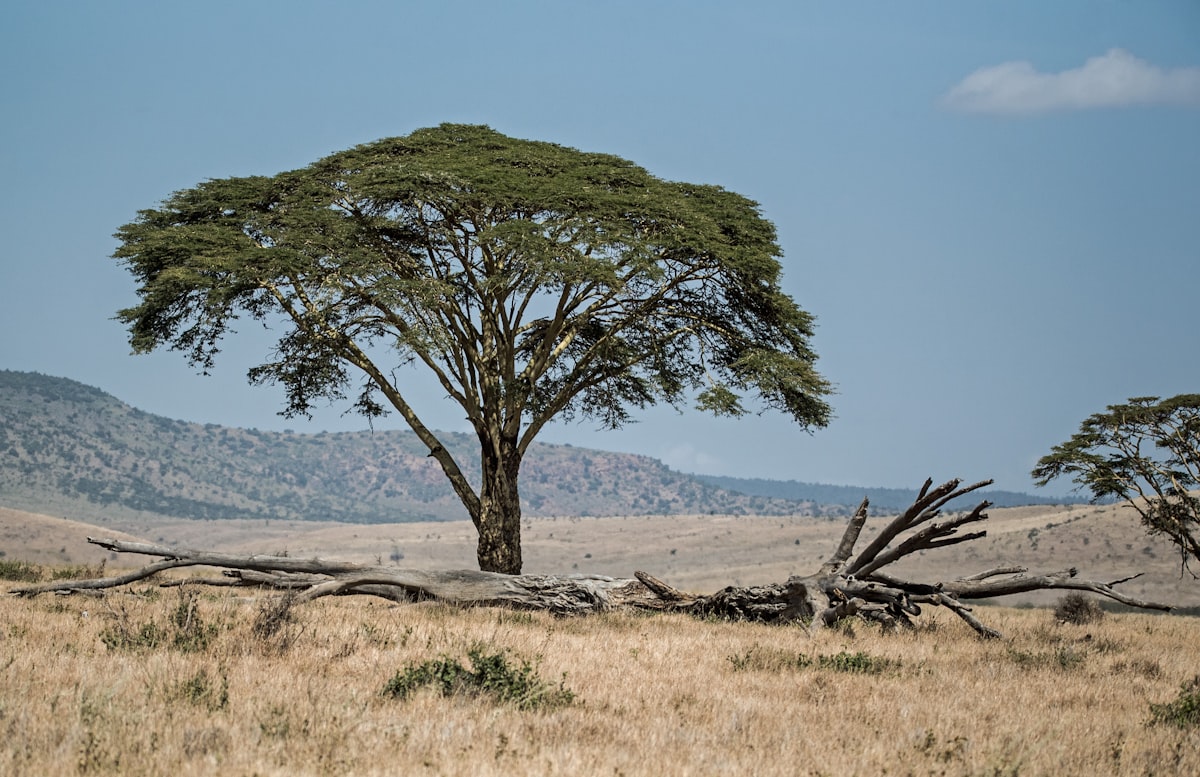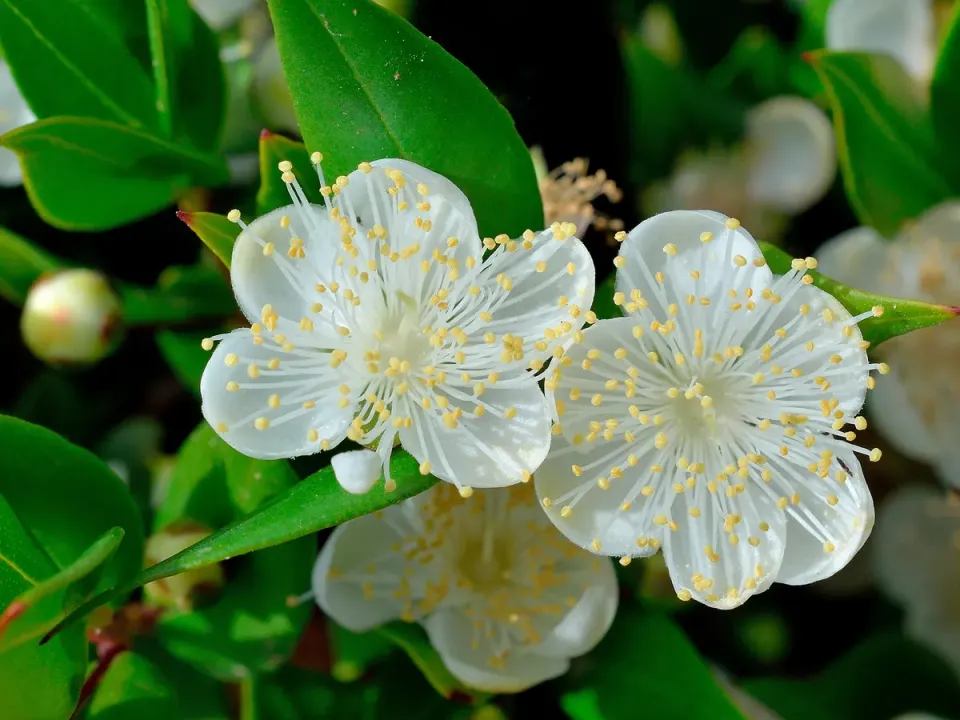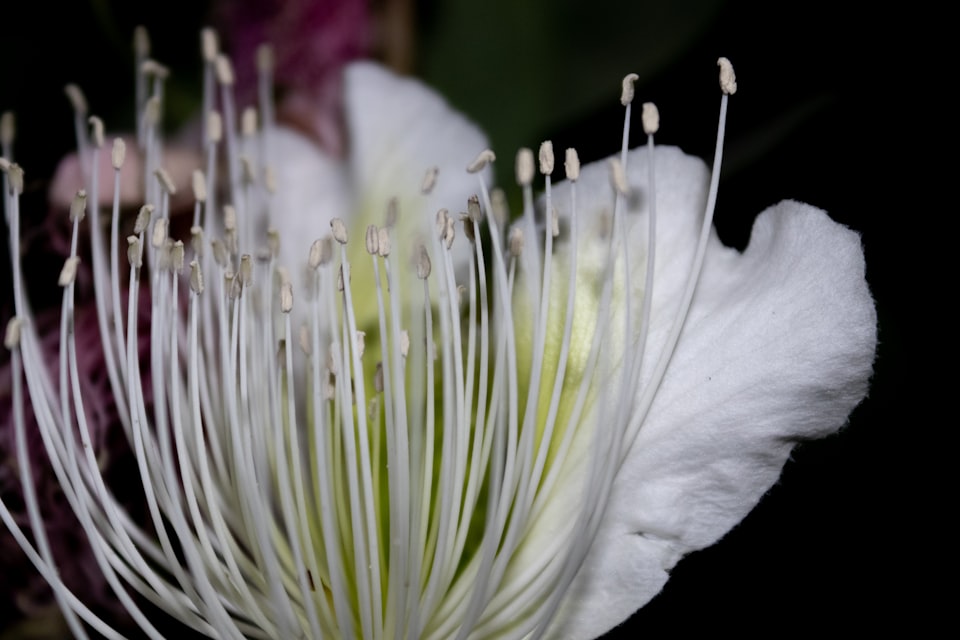IV: Acacia
The acacia family has shaped the course of history.

Good morning. Today is quartidi, the 14th of Prairial, Year CCXXXI. We celebrate l'acacia, a widespread desert tree, also known as wattle, of many uses.
The acacia tree is a worthy inclusion almost beyond measure. It's one of the most useful trees on the planet – and it truly spans the globe – and responsible for a surprising number of iconic and important everyday things in our world. It's a prolific tree, and has spawned several branches on its own evolutionary diagram, which is somewhat ironic given its preferred flattish shape in real life.
Remarkably, this tree is a member of the same family as yesterday's peas, as its fruits grow in a legume manner. But there are so many species of acacia that it's hard to generalize about all of them at once. In fact, about 20 years ago, botanists started splitting the acacia grouping up into distinct subspecies, and that is a useful lens through which to explore this extraordinary tree:



